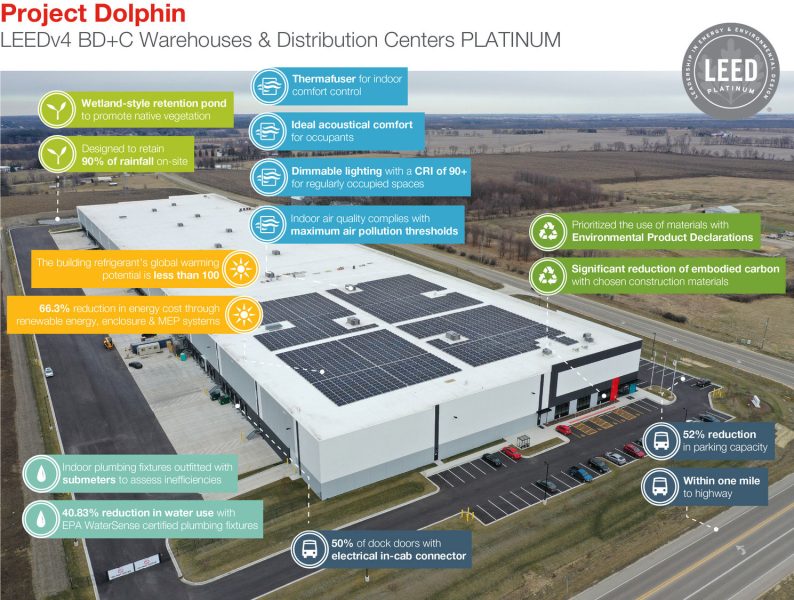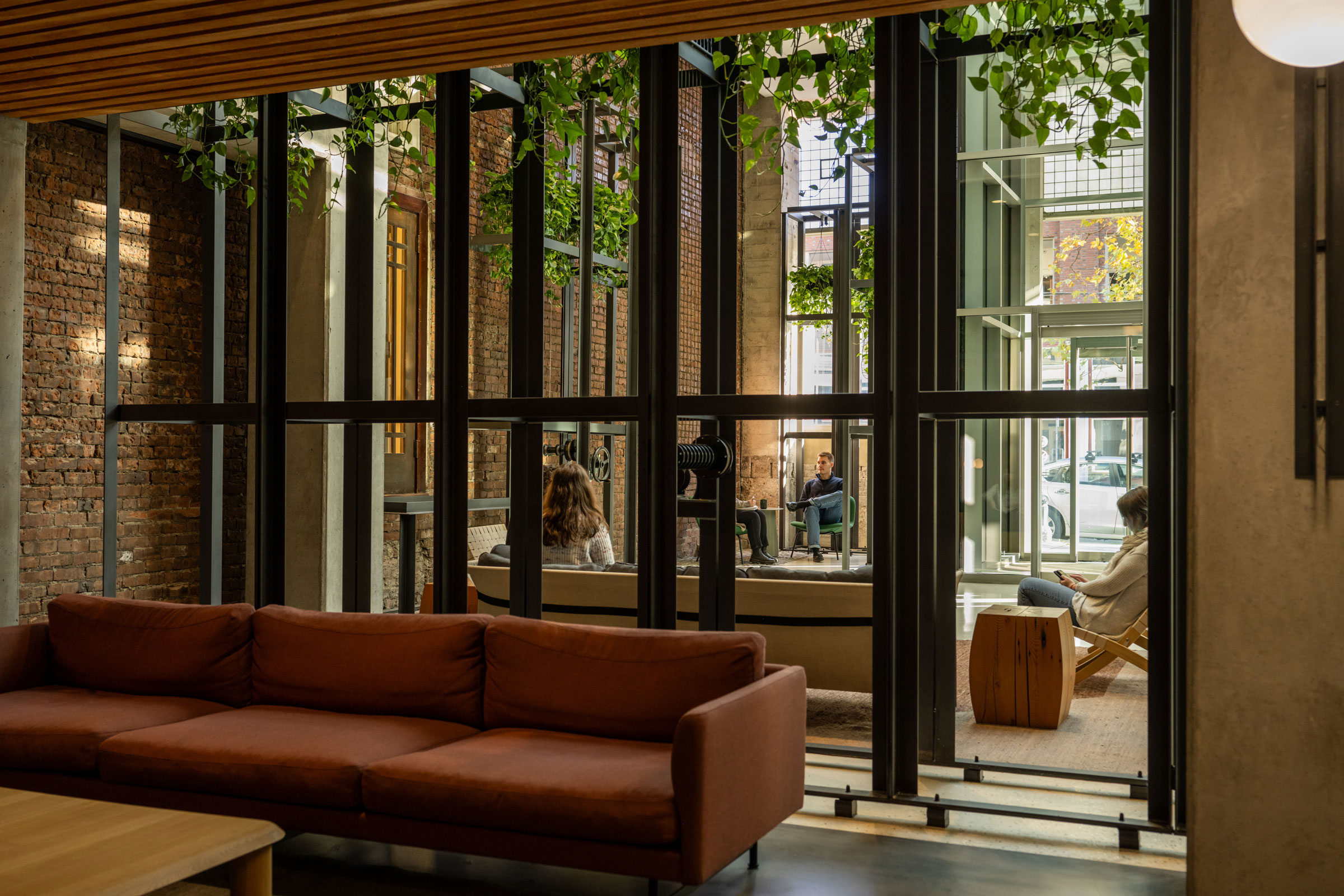Story at a glance:
- Alma Environmental Partners cofounder asks: How important are the words we use to define what we do?
- Sustainability should be built into projects from the very beginning, with everyone given clear roles, in order to have less waste, better performance, and smarter decisions.
Stop calling it sustainable design. Stop calling it sustainable construction. It’s simply design and construction. “It’s just what we’re supposed to be doing as responsible people,” says Alana Spencer, cofounder and managing partner at Alma Environmental Partners.
Spencer was previously vice president of sustainability at Clayco before she and business partner Madeline Dunaway, also from Clayco, made the move to start their own business in summer 2025. “We have taken sustainability consulting out of Clayco as an independent consultancy, and we’re forging ahead with sustainability for the built environment,” Spencer says.
Today Alma still acts as Clayco’s external sustainability consultant, with a team of employees committed to making projects more resilient and equitable. Spencer says it’s all about having the right conversations with all stakeholders from the very beginning. “When you’re able to do that and bring the right people together you often see that sustainability is just ingrained into the design and construction.”

Image courtesy of Alma Environmental Partners
One recent Alma project, unnamed for confidentiality purposes, is an industrial warehouse. Known as Project Dolphin, it achieved LEED Platinum. Success on a high-performance project requires clarity and integration from day one, Spencer says.
For that project, Spencer calls out these critical points:
Upfront financial analysis ensures sustainability strategies are backed by data, evaluating cost, payback, and true value across the building’s life cycle.
Early performance modeling across energy, water, waste, and renewables turns design intent into measurable outcomes, allowing teams to test scenarios and optimize before anything is built.
Optimized strategies are then embedded from concept through construction, aligning every decision, material, system, and process, with project performance goals.
The result? “Smarter investments, predictable outcomes, and a building that performs as designed, environmentally, financially, and operationally,” she says.

Photo courtesy of Alma Environmental Partners

Photo courtesy of Alma Environmental Partners
In general Spencer says real impact happens when carbon, cost, and constructability are discussed in the same breath, and everyone—design, construction, and owners—should come together before the first line is drawn. “Early alignment workshops help define what success looks like, assign ownership, and make sustainability part of the core brief, not an add-on.”
It’s about giving every team member a clear way to take action in their own role.
Part of that work includes going through an “everyday checklist,” a simple framework Alma provides that turns sustainability from an abstract goal into a daily habit. Spencer says the checklist asks things like:
- Have we optimized materials and design for low carbon against our benchmark?
- Are we sourcing verified EPDs and tracking waste against a goal?
- Can we prefab, reduce, or reuse to cut emissions?
“It’s not about compliance; it’s about giving every team member a clear way to take action in their own role,” she says.
The biggest barrier to sustainability in projects today continues to be the belief of some that sustainability adds complexity. “In truth it brings clarity, less waste, better performance, and smarter decisions. The real challenge is fragmented communication,” Spencer says. “When teams share a common purpose and language around sustainability, it stops being a ‘nice-to-have’ and becomes how we build and operate.



